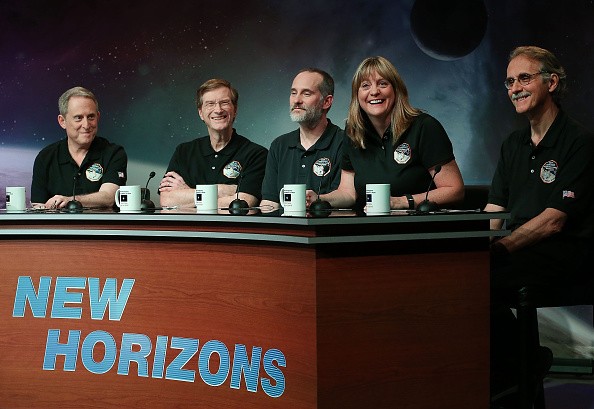Pluto - which was once regarded as the ninth planet of the solar system - is a small celestial body, yet so full of surprises. It is already known to possess vast plains that possess nitrogen, hazy skies and ice volcanoes. Now, a new study suggests that it might even have subsurface oceans with liquid water, even today.
In 2015, the New Horizons Pluto discovered that the space rock at the extreme end of the solar system is still geologically active. In addition, it discovered the evidence of tectonic activity across the icy surface of the planet.
Now, a new modeling paper published in the journal Geophysical Research Letters provides a breathtaking explanation - there might be partial freezing with the subsurface, liquid water ocean - and the rest of it is still water.
"Our model shows that recent geological activity on Pluto can be driven just from phase changes in the ice-no tides or exotic materials or unusual processes are required," Noah P. Hammond, lead study author, said in a press statement released by the Planetary Science Institute.
This is not the first time that researchers have come up with the idea of finding liquid water ocean on Pluto. Previously, it has been suggested that Pluto's surface consists of a layer of volatile ice containing methane, carbon dioxide and nitrogen. In addition, it is widely believed that this layer of volatile ice sits on top of a water-based mantle that extends down the core of the planet.
While a major part of this water-based mantle is frozen, there is a possibility that the part of the mantle close to the core of the planet might still be liquid. The new study has discovered traces of a liquid water ocean in the tectonic scarring on the surface of Pluto.
According to the researchers, the absence of the compressional tectonic features suggests that Pluto might not be entirely solid. The compressional tectonic features are formed when the innermost layers of water convert itself into a dense form of ice called ice II.
Since ice II has not formed on the surface of the planet yet, Hammond believes that there are high chances of Pluto's subsurface ocean existing even today. If Hammond's model is correct, there would be an exciting possibility to discover surface oceans throughout the icy rocks that are present in the Kuiper Belt.
The following video examines the Kuiper Belt objects Io, Europa and Triton:






















